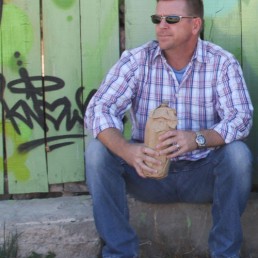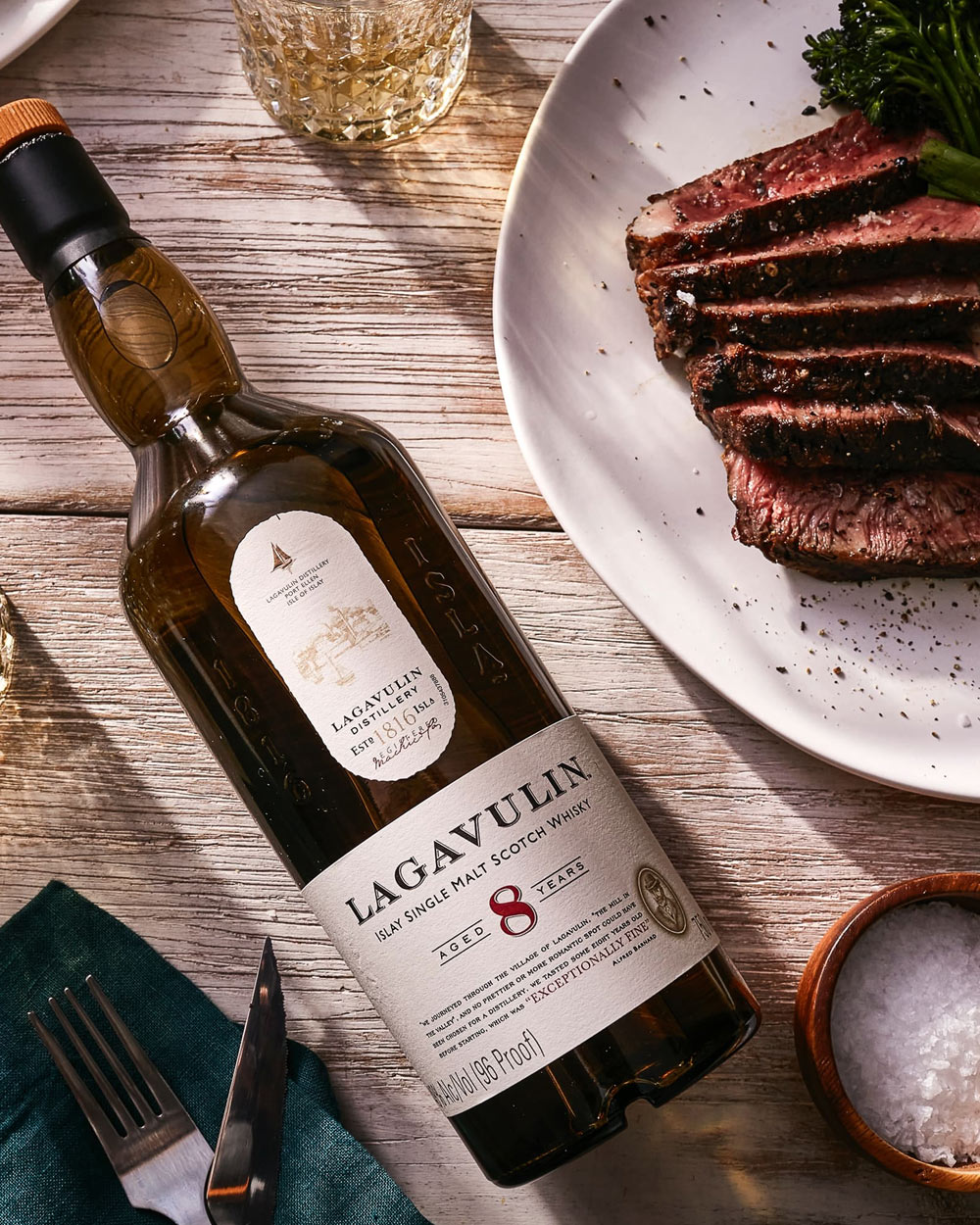This could easily be the most anticipated whiskey mash-up this year.
This November, Cascade Hollow Distilling Company, makers of George Dickel Tennessee Whiskey and the more limited and premium Cascade Moon whiskies, released a blended rye in collaboration with Leopold Brothers distillery of Colorado. The offering called the George Dickel x Leopold Bros Collaboration Blend marries robust rye made with the Leopold Bros’ infamous three-chamber still, with mellower rye made in Cascade Hollow’s column still. Here, Barleycorn Drinks writer Clint Lanier talks about the project and all things rye whiskey with celebrated Cascade Hollow master distiller Nicole Austin.
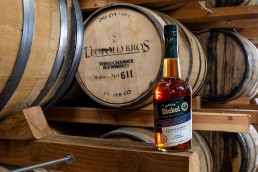
Before we get into the Leopold Bros. collaboration, how did you find your way to whiskey?
I got into the environmental engineering industry thinking it would be exciting and I was going to help save the planet. Most of what I did was wastewater treatment work, which is glamorous, you know, a very sexy industry. As luck would have it, I was in a bar near my place in New York with a bartender discussing how whiskey is distilled. I had an “Ah-ha” moment: that’s what I really went to school to learn. Whiskey seemed to me to be that really perfect marriage of art and science.
How did you end up at Cascade Hollow?
I started as the blender for Kings County Distillery, the first licensed distillery to produce in New York post-prohibition. I started there in 2010 and stayed in that position for six years, but I also did a lot of consulting work. I went to Ireland in 2016 as the commissioning engineer for Tullamore D.E.W. and lived there until 2018. Then I moved to Tennessee for my current role as general manager and distiller for Cascade hollow.
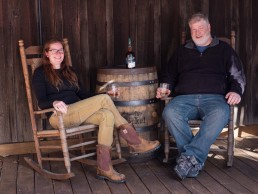
This collaboration with Leopold Bros. is getting a ton of buzz. What’s the deal with Leopolds’ much-hyped three-chamber still?
In his research, Todd [Leopold] found that pre-19th century most of the rye whiskey distilleries had three-chamber stills. That was the most common way to make rye whiskey, and it was really the accepted standard for rye whiskey. And many of those rye whiskey distilleries had both three-chamber and column stills, which is the origin of this particular collaboration. He discovered that those two whiskey styles would be commonly blended together. The three-chamber rye was typically full-bodied, and the column still rye was the lighter base spirit.
Do you believe Todd Leopold's three-chamber still captured the essence of pre-prohibition rye?
What was exciting about this project was bringing U.S. history to life. When you taste dusty bottles, you never know for sure if what you’re tasting now is how the whiskey tasted when it was first bottled. I was really excited to taste [Todd Leopold’s] three-chambers spirit and identify flavor notes found in some of the older bottles. They actually were a product of the 3-chamber still and present in the freshly dumped, freshly matured spirit.
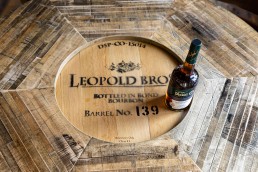
If these three-chamber stills make such great whiskey, why are they basically extinct?
Three-chamber stills are incredibly inefficient by design. Todd [Leopold] says the exact same amount of copper you would use for a three-chamber still that produces 4 barrels a day is the same amount of copper in a column still that makes 200 barrels. It’s really designed for maximum flavor extraction and not at all for efficiency. But the world wars were really the most significant factor that pushed that distillation style out of practice, where alcohol needed to be manufactured to support the war effort. Companies transitioned heavily to column stills because they were more efficient, which was the nail in the coffin for that style.
In this case, the past is what's informing the future of rye whiskey. Are there other rye trends to expect?
In general, there’s a lot more exploration outside of the existing styles that dominated the American whiskey shelf. There were many different brands, but those bottles were pretty homogeneous. I think the growth of American craft spirits has really blown the doors open and showed how many interesting flavors can be produced. There are producers around the country exploring regional styles by working with things like heritage grains and alternative maturation techniques. They’re pushing the boundaries by showing us whiskey doesn’t all have to taste the same, and I find that really exciting.
How is Dickel's focus on rye evolving, and will rye become a more significant part of the whiskey program?
Before I arrived, they had experimented with producing rye at Cascade Hollow. Of course, our core Dickel Rye now is a sourced spirit that is charcoal mellowed. These rye experiments were marked failures because the rye didn’t taste exactly like what’s in our bottle, which made sense because the whiskeys are made in separate facilities. I shifted the goal of rye distillation and what we should investigate. As a heritage distillery, pursuing rye makes sense, but let’s make our own style. You will continue to see beyond this collaboration more rye whiskeys that speak to that.
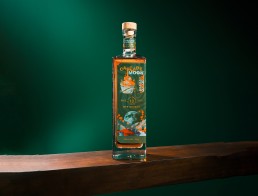
What's next? Any new rye releases on the way?
Yes! Our next Cascade Moon release will be a sourced 13-year-old rye whiskey whose barrels were aged an additional 10 years in Tullahoma’s single-story, vintage style rickhouses. It made sense to release this as part of the Cascade Moon brand because our unique rickhouses are a big part of the conversations we’ve been having and how they produce a uniquely temperate and sophisticated maturation. Those big age-stated whiskeys sometimes lose their balance and complexity, but the end product is lovely.
Clint Lanier is a professor in the English Department of New Mexico State University. He is also the co-author of Drunken History, Bucket List Bars: Historic Saloons, Pubs, and Dives of America, and Craptails: the World’s Worst, Weirdest, and Most Disturbing Drinks. He has also written about spirits and travel for The Huffington Post, Fodors, Eater, and Liquor.com.
